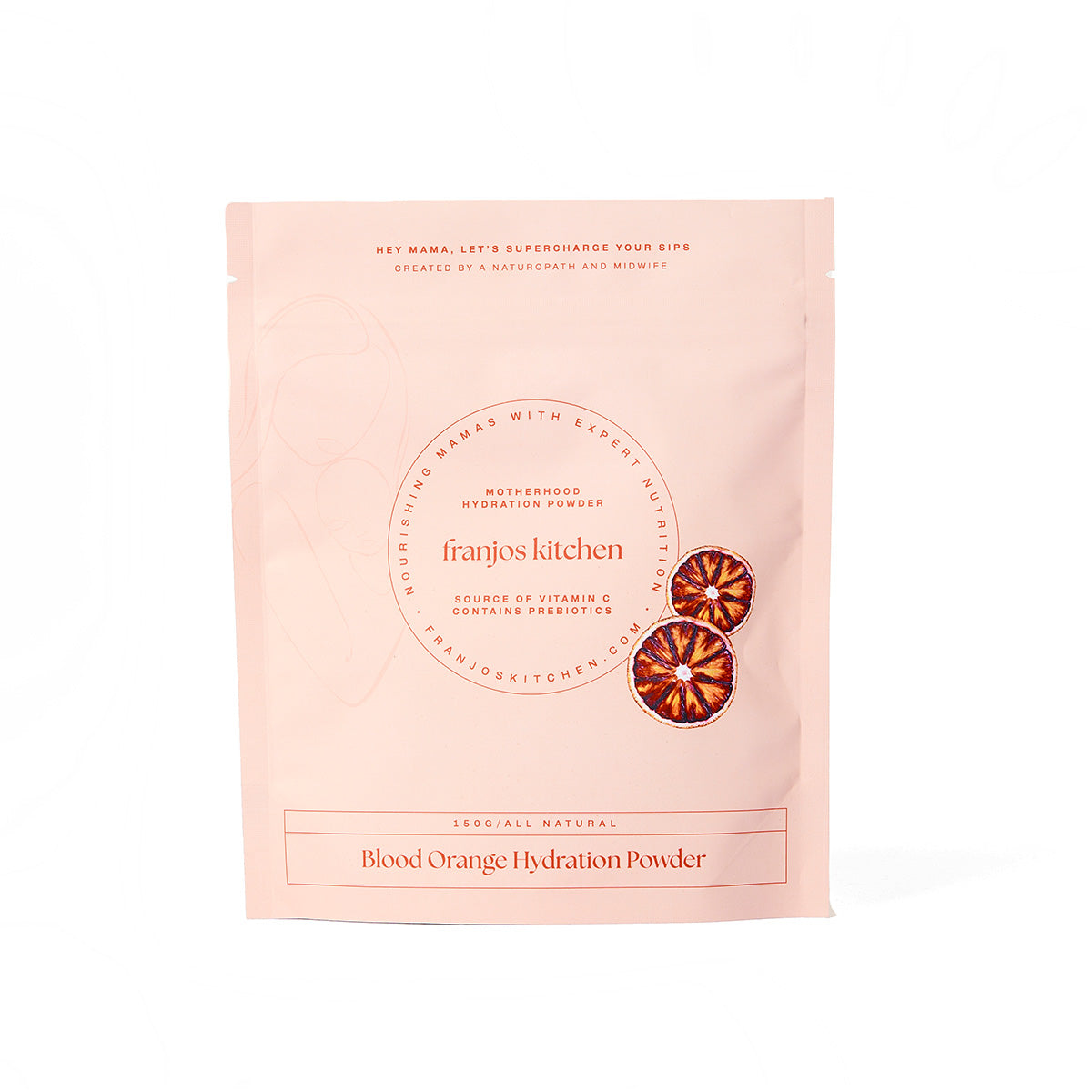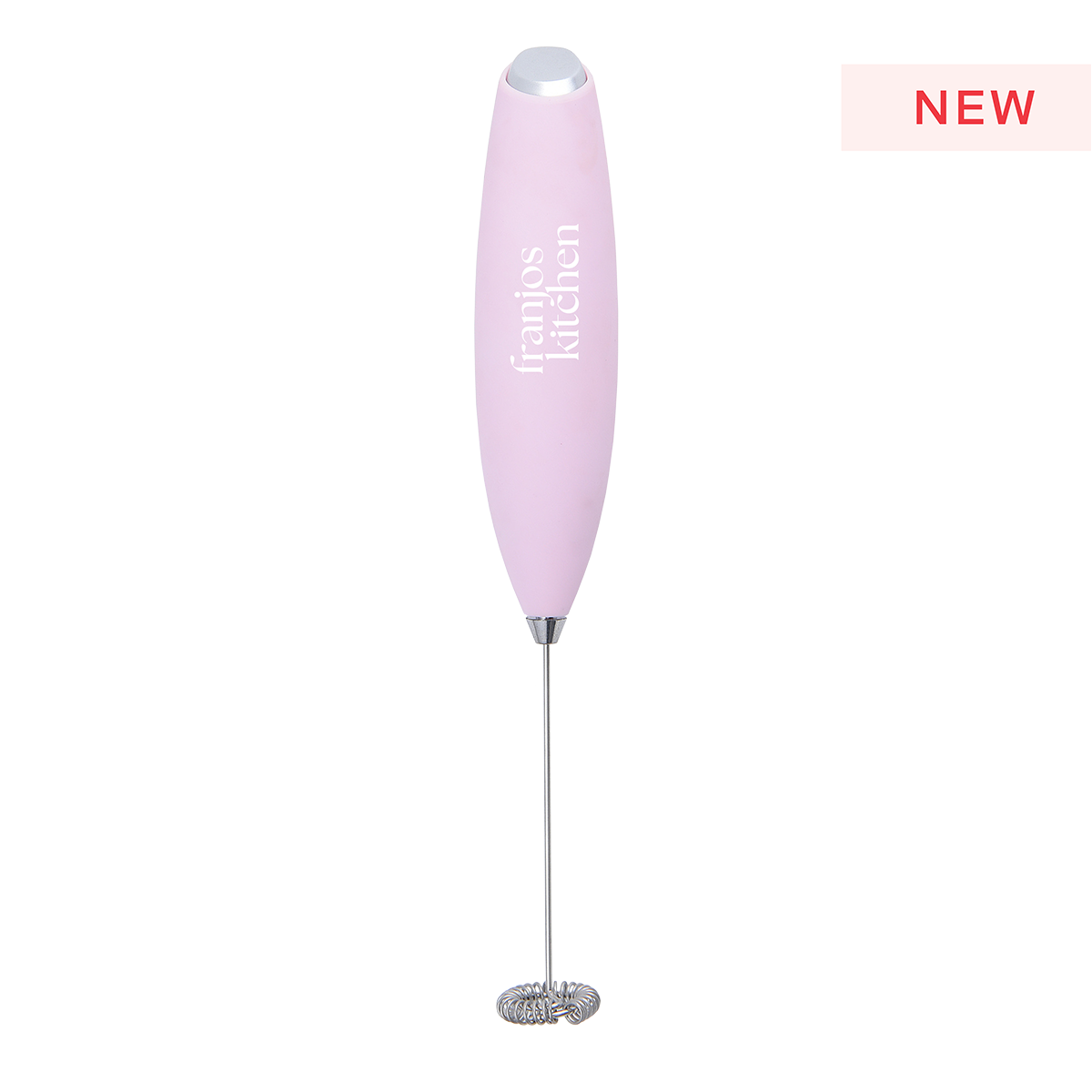Navigating Mastitis with Lactation Consultant: Old vs New Advice
Mastitis, a dreaded term for many breastfeeding mothers, has seen a shift in advice and terminology over the years - with the latest updates being released in March 2022 by the Academy of Breastfeeding Medicine (ABM) Protocol Number #36. The Australian Breastfeeding Association (ABA) also updated their advice on mastitis and breast inflammation based on reviewing the ABM protocol #36 a few months later.
Mastitis can be a painful condition, characterised by inflammation of breast tissue, and it can be of infective or non-infective origin. Traditionally, terms like "blocked or plugged ducts" were commonly used to describe the ailment, but recent changes in approach have introduced fresh perspectives on managing mastitis. In this article, we'll delve into the contrasting old and new advice for dealing with mastitis and explore the recommendations that have remained constant, as well as emerging techniques that offer hope and relief to mothers facing this common breastfeeding challenge.
Understanding Mastitis
Mastitis manifests as painful, red, and inflamed lumps within the breast. It can occur due to various factors, including infection or non-infective issues. In the past, the terms 'localized breast inflammation' and 'inflamed breast tissue' have been used to describe this condition. Avoiding phrases like "blocked or plugged ducts" is one of the significant shifts in the way mastitis is understood. According to contemporary thinking, lumps in the breast are often a result of inflammation, leading to ductal narrowing.
Contrast of Old and New Advice
Old Advice
- Empty Breast: Traditional advice often emphasized increasing breastfeeding sessions or expressing milk to alleviate mastitis, and get “stuck” milk flowing.
- Release Blocked/Plugged Ducts: Techniques such as deep tissue massage and vibrating devices were recommended to release blockages, based o =n the idea that the inflammation or infection were caused by blockages in the milk ducts. .
- Soften and Release Blocked/Plugged Ducts: Heat therapy on the inflamed breast tissue and the practice of soaking nipples in Epsom salts, were thought to soften and release blockages.
New Advice
- Physiological Breastfeeding: The contemporary approach encourages mothers to maintain their milk supply without excessively increasing feeding or expressing.
- Gentle Handling of Inflamed Breast Tissues: Lymphatic massage is now recommended as a more gentle approach to manage inflamed breast tissues, using pressure that is not more than 5-10% firm.
- Gentle Techniques to Stimulate Milk Flow (Milk ejection reflex, MER): Techniques like gentle warmth, light stroking, and skin-to-skin contact are favored for triggering oxytocin and therefore stimulating milk flow.
- Avoid Nipple Treatments that Can Damage Skin: It is advised to steer clear of treatments that might break down the nipple skin such as epsom salts or prolonged use of moist treatments.
Consistent Advice
While there have been shifts in managing mastitis, some advice has remained consistent:
- Seeking Professional Support: Getting the assistance of an International Board-Certified Lactation Consultant (IBCLC) to ensure a proper latch, fit, and hold is essential.
- Rest and Hydration: Resting and staying well-hydrated continue to be fundamental in recovering from mastitis, electrolytes and hydration powders can be really useful here.
- Medical Review: If symptoms persist or worsen after 12 - 24 hours, seeking medical review, ideally from a General Practitioner (GP) in conjunction with an IBCLC, is crucial.
Emerging Advice
In addition to the shifts in managing mastitis, some new advice has surfaced:
- Probiotics: Research suggests that specific strains of probiotics may reduce the incidence of mastitis and nipple pain. Combining probiotics with antibiotics may also help improve mastitis symptoms and reduce its duration.
- Therapeutic Ultrasound: Some studies indicate that therapeutic ultrasound, administered by experienced physiotherapists, can offer potential benefits in managing mastitis symptoms of inflammation and pain. It's important to note that the evidence in this area varies in terms of study size and protocols.
While the ABM protocol supports the later two points, the ABA is still waiting for further evidence to support their routine use.
Real-World Success with New Approaches
Many mothers who have experienced breast inflammation in previous breastfeeding journeys have found relief by adopting the new advice. By applying anti-inflammatory techniques in line with the updated protocols from organizations like the Association of Breastfeeding Medicine (ABM) and the Australian Breastfeeding Association (ABA), these mothers report that their symptoms resolve more quickly and effectively.
In conclusion, the management of mastitis has evolved over time, transitioning from traditional methods to newer, gentler approaches. While some practices have remained constant, emerging techniques such as probiotics and therapeutic ultrasound offer hope to mothers seeking relief from this painful condition. The experiences of mothers who have benefited from these new approaches highlight the potential for improved outcomes and a brighter, less painful breastfeeding journey.



